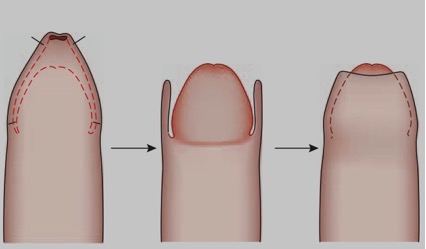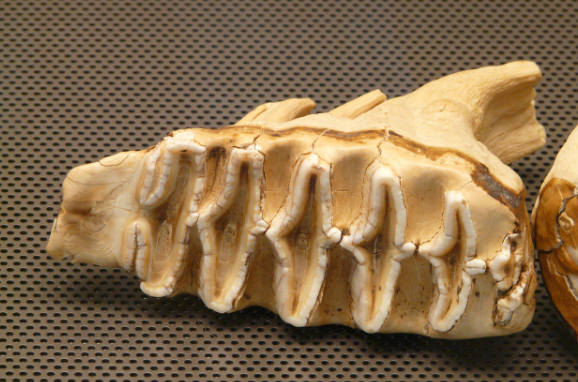AI Tools In Healthcare
With the rise of digital healthcare and patients becoming increasingly tech-savvy, artificial intelligence (AI) is making its mark in this sector. AI-powered chatbots can be used to answer FAQs, while image recognition algorithms can be used to analyze images and detect anomalies. These tools are also being used to help medical professionals make quicker decisions and reduce paperwork. In this blog, we take a look at some of the most useful AI tools in healthcare.
AI and Big Data in Healthcare
Artificial Intelligence and Big Data are undoubtedly the most important components of healthcare technology today. The ability of computers to process large amounts of data, be it numbers, images or text, at a much faster pace than humans makes them extremely useful in healthcare.
AI is a subset of machine learning and you can use this technology in healthcare to solve a range of problems, such as fraud detection, pattern recognition, and predictive analysis. So, as far as AI and Big Data in healthcare are concerned, the future looks promising.
AI-powered chatbots
Chatbots are computer programs designed to simulate an intelligent conversation with humans, either via text or speech recognition. They can be used for a wide variety of purposes, including customer service and marketing. One of the most useful AI tools in healthcare is a chatbot.
This can be used to provide FAQs, reminders, and appointment booking services. It can also be used for general health advice and to direct patients to the right resources for their specific needs.
For example, if a person says they have a rash and are worried that it might be shingles, the chatbot can direct them to a page with information on what shingles looks like to help rule out shingles as a possibility.
Image recognition tools and algorithms
Image recognition is a subfield of AI that is used to identify objects or scenes in images or videos. You can use image recognition algorithms to detect abnormalities or other things in medical images, such as signs of cancer in a CT scan or signs of an infection in an MRI.
In healthcare, image recognition algorithms can be used to analyze patient records, such as X-rays and MRIs. They can also be used to generate reports, which is helpful for medical professionals looking for signs of problems like a brain tumor or cyst.
Disease detection tools
Disease detection focuses on identifying a disease from a patient’s symptoms. If a patient comes to the doctor with symptoms like fever, coughing, and sneezing, the doctor may ask for a blood test to rule out certain diseases.
However, an AI system can detect the disease based on the patient’s symptoms and send the result to the doctor. As far as AI and Big Data in healthcare is concerned, disease detection is one of the most useful tools.
For example, if a patient comes to the doctor with a rash and the doctor suspects that it might be shingles, the doctor may recommend an anti-viral medication to treat the disease. On the other hand, if the doctor suspects that it is not shingles, they may recommend a different medication.
An AI system can detect the disease based on the patient’s symptoms and send the result to the doctor. The doctor can then recommend the appropriate treatment.
Conclusion
Artificial Intelligence and Big Data have proven to be extremely useful in healthcare. AI-powered chatbots can be used to answer FAQs and general health advice, while image recognition algorithms can be used to detect abnormalities in medical images.
Disease detection also falls under AI in healthcare as an AI system can detect the disease based on the patient’s symptoms and recommend the appropriate treatment. With AI-powered tools, the healthcare sector is sure to evolve even further.









